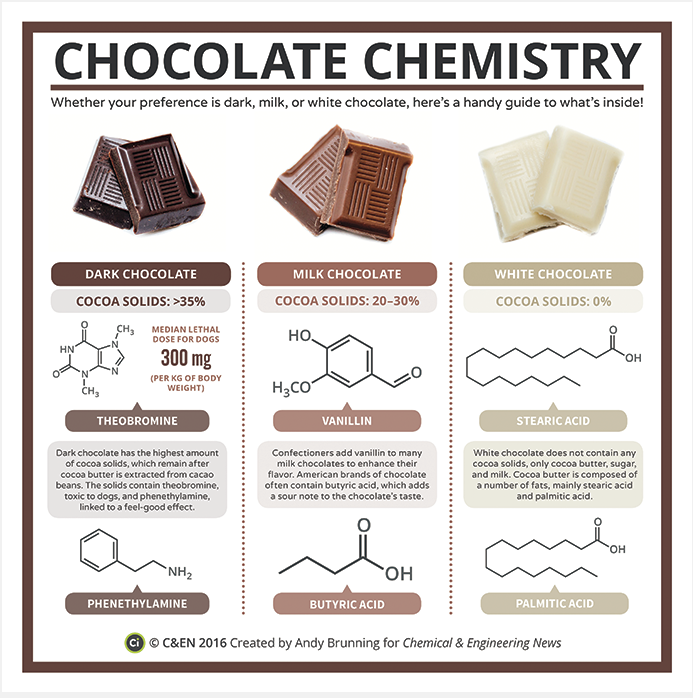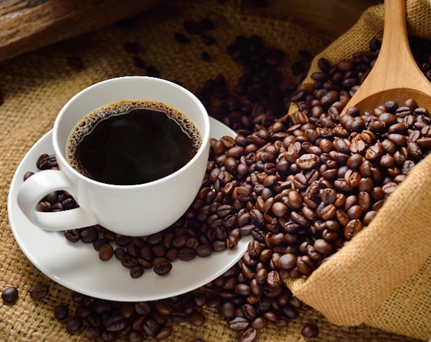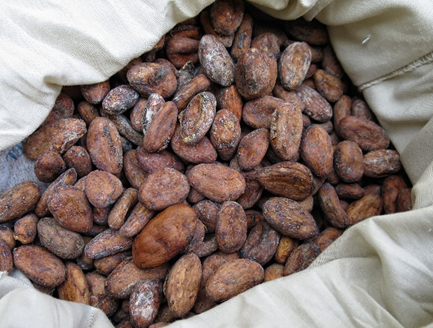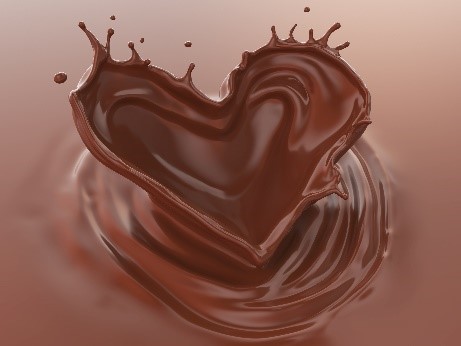Chocolate is a Valentine’s Day must-have and popular among people with a sweet tooth. Many also claim it lifts mood or even acts as an aphrodisiac, and we’ve all heard someone say it’s habit forming.
The compounds in chocolate that allegedly have positive effects come from the cacao bean, so the darker the chocolate, the more of these compounds it contains. Milk chocolate has less than dark chocolate, and white chocolate has nearly none because it includes no cocoa solids, only cocoa butter.
 Chocolate contains upwards of 800 chemical compounds, just a handful of which are explored in this infographic. See more chemistry infographics like this one in C&EN’s Periodic Graphics collection. Click to enlarge
Chocolate contains upwards of 800 chemical compounds, just a handful of which are explored in this infographic. See more chemistry infographics like this one in C&EN’s Periodic Graphics collection. Click to enlarge
Does science back up the common claims about chocolate? To find the answers, we’re taking a look at the chemistry behind this treat.
Theobromine and Caffeine: Chocolate as a Pick-Me-Up
 Coffee and chocolate both contain caffeine and theobromine.
Coffee and chocolate both contain caffeine and theobromine.
Theobromine is an alkaloid, a family of compounds that many plants produce, including the cacao plant. Chocolate is the richest natural source of theobromine, but coffee and tea contain some of it too. Theobromine chemically resembles caffeine and has a similar stimulating effect on our brains. The combination of theobromine and caffeine found in chocolate is believed to create the small lift we feel after eating it. Although they have generally minor pleasant effects on people, these compounds make chocolate toxic to dogs and cats, so remember to keep your stash of Valentine’s Day treats out of the reach of your pets.
Antioxidants: Chocolate as a Health Food
 Raw cacao beans contain many antioxidants, but is the same true for chocolate? Credit: Mikkel Houmoller.
Raw cacao beans contain many antioxidants, but is the same true for chocolate? Credit: Mikkel Houmoller.CC BY-SA 4.0.
Claims about chocolate’s beneficial properties aren’t limited to effects on our brains. It’s also common to hear some chocolate lovers say it’s filled with antioxidants, which help prevent damage to cells. Raw cacao beans do have significant amounts of antioxidants such as epicatechin and gallic acid. Unfortunately, the process that cacao beans go through to become chocolate strips them of much of these compounds. A small amount of antioxidants remains, but it’s unclear whether this amount is enough to have any benefits. Some studies have suggested correlations between chocolate consumption and a lower risk of high blood pressure and insulin resistance. However, other more tightly controlled studies haven’t found that eating chocolate has these benefits.
Phenethylamine: Chocolate as an Aphrodisiac
 Credit: iStock.
Credit: iStock.
Some people say chocolate is popular on Valentine’s Day because it acts as an aphrodisiac. Chocolate does have significant amounts of a compound called phenethylamine that causes brain cells to release dopamine, a neurotransmitter with a feel-good effect. However, when we ingest phenethylamine, our bodies break it down before it can reach our brains, so it doesn’t actually influence our mood.
Craving Culprits
If these touted compounds don’t have strong effects on us, what is it that makes us crave chocolate? Most likely it’s a much more common compound, which is sugar—specifically the combination of sugar with chocolate’s high fat content. This combination activates the reward centers in our brains. But no matter the chemical specifics, chocolate is something we can enjoy in moderation. So treat yourself or someone else this Valentine’s Day.


Does chocolate contain permitted (?) amount of cockroach body parts?
Yes
Thank you for your interest in this post, Sathi. The U.S. Food & Drug Administration (FDA) has guidance in the Food Defects Levels Handbook that addresses your question. We hope this is helpful.
Great to know something more about chocolate than it’s delicious.
Does cacao powder used for making cocoa have the benefits that chocolate does not?
Thank you for your question, Gill. The unsweetened cocoa powder that’s often used in baking may have more antioxidants than chocolate. However, this is only true for cocoa powder that isn’t labeled “Dutched” or “processed with alkali.” That process helps reduce bitterness and acidity, but it removes more antioxidants. The sweetened powder used to make hot cocoa or hot chocolate doesn’t have additional benefits.
Are chocolate products actually beneficial for cognitive function / test taking ability?
Hi Tyler, thank you for your question. Some small studies have suggested that dark chocolate may be beneficial for cognitive function because it contains flavanols. While these findings are intriguing, more robust research with greater numbers of participants is needed before anyone can say for sure whether dark chocolate has cognitive benefits. Many fruits and vegetables also contain flavanols, so even if these compounds are shown to have cognitive benefits, it’s unlikely that doctors will recommend eating more chocolate to get them.
I was told years ago that chocolate was hygroscopic meaning it absorbed water from our G.I. tracts causing constipation. I notice this to be true at least the constipation part which is correlated to the quantity of chocolate I consume. I also break out from it producing lovely rosy zits. so these are two significant negative effects I experience from consuming chocolate with which I thus have had a love-hate relationship over the years never able to break the bond.
Hi Abbey, thanks for this informative article. I’m curious about the statement that chocolate contains upwards of 800 chemical compounds. Do you have a source for that?
Hi Rafael, Thanks for your interest in this post. Our source for the number of 800 chemicals in chocolate comes from the retired chocolate scientist Stephen T. Beckett in his book, The Science of Chocolate, where he was describing processed chocolate that is ready to eat. Raw cacao beans have closer to 300 chemicals, according to a 2021 article in Food Chemistry: Molecular Sciences.
Great! Thank you very much for your prompt and helpful answer. 🙂